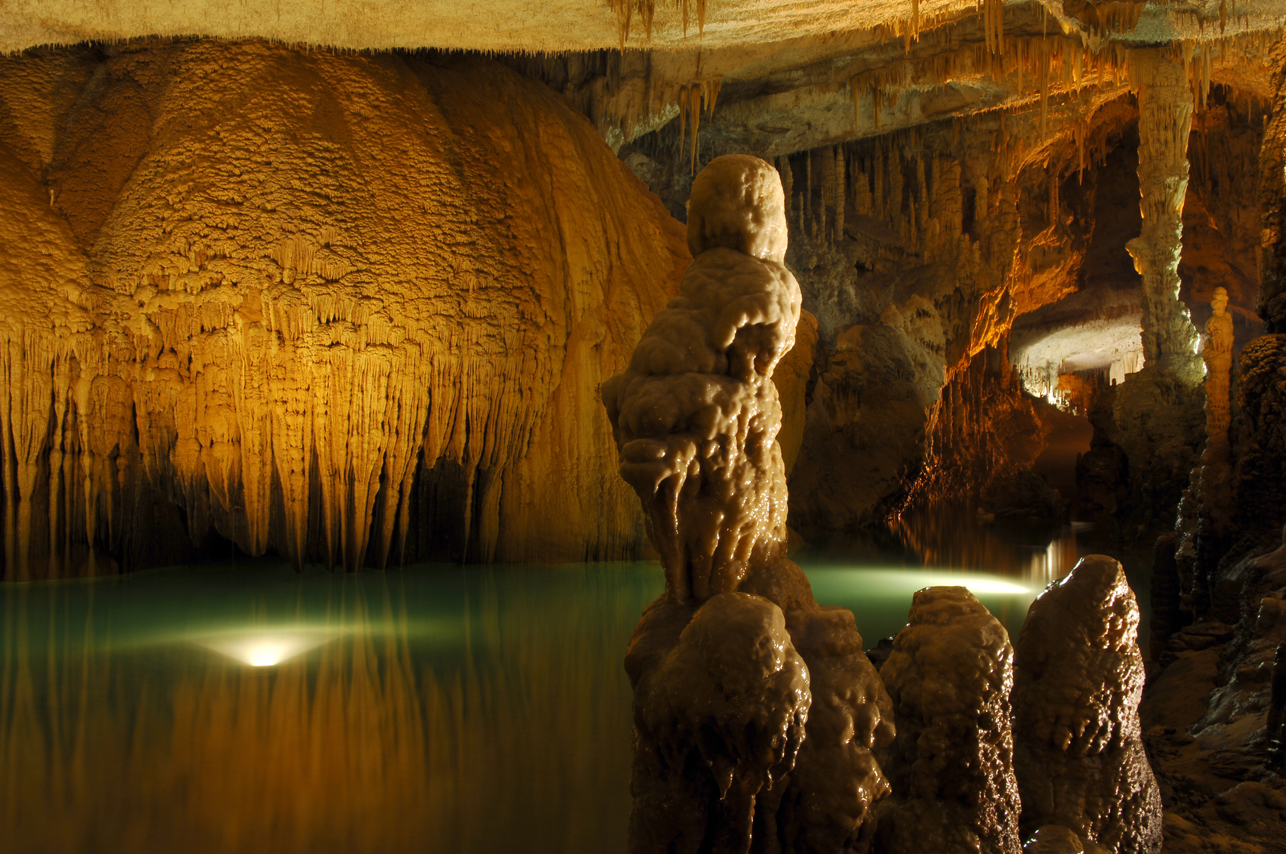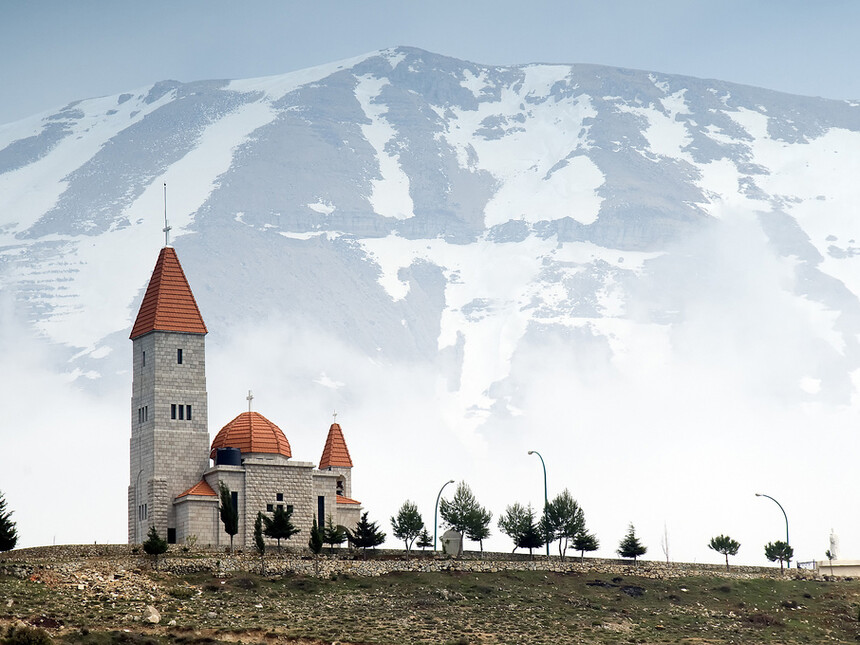



5 Days | 4 Nights
1 Stop
Arrival Day
8 Stops
Jeita Grotto
The Shrine of Our Lady of Lebanon
Churches of Harissa
Téléferique Harissa
Byblos
Byblos Castle
Old Souk
Byblos Port
10 Stops
Baalbek
Temples of Baalbek
Temple of Jupiter
Temple of Bacchus
Temple of Venus in Heliopolis
Sayyida Khawla Shrine
Stone of the Pregnant Woman
Anjar
Umayyad Ruins of Aanjar
Chateau Ksara
5 Stops
Qadisha Valley
Greater Bcharre
Gibran Museum
The Cedars of God
Deir Qozhaya
1 Stop
Departure
• The price is calculated for this itinerary. Modified itineraries may result in higher costs. • Any change in the number of passengers affects the quote. • The driver/tour guide escorts according to the booked itinerary, he is not 24/7 at your disposal. • Official check in time at hotels 15:00 – check out time at hotels 12:00. • We do not check the availability of accommodation when planning your trip. Once you booked and any hotel is not available, we search an alternative and inform you. • You walk several km in during day tours, so bear in mind good walking shoes and a backpack for beverage, camera etc. • All guides in Lebanon are licensed by their respective Ministry of Tourism and they are not part of our team.